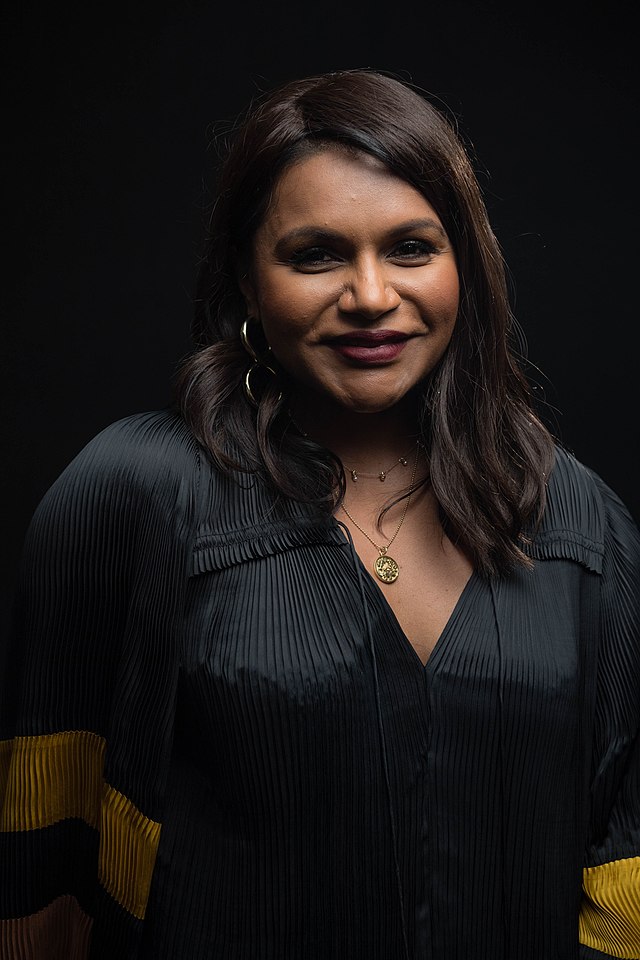The Sex Lives of College Girls explores female friendships, provides an accurate representation of college experiences
January 25, 2023

The hit HBO series The Sex Lives of College Girls has become popular among students at the College in recent months. Initially released in November 2021, the show features four roommates — Bela, Whitney, Kimberly, and Leighton — navigating the struggles of their new social environment, adult relationships, and demanding classes their first year of college.
After its release in 2021, the first season garnered attention and praise for its refreshingly comedic portrayal of female friendships, sexuality, and the college experience.
While reflecting on the ending of season two, some students at the College said they were drawn to The Sex Lives of College Girls because the characters’ college experiences were similar to their own. “It’s the Williams education: a northeastern, small liberal arts college in the middle of nowhere,” Laura Chamon ’25 said. “[But more broadly], it’s the first depiction that I’ve seen of what it’s actually like to go to college.”
As the protagonists explore various activities and communities during their first weeks at school, students at the College reminisced about their early undergraduate years. “I was a Junior Advisor last year, so I saw myself in the character that’s supposed to be their Residential Assistant,” Salvador Robayo ’23 said. “I felt nostalgic watching the show. It brought me closer to my time as a frosh and a sophomore.”
The show also garnered praise among students at the College for its uniquely accurate depiction of female friendships and sexuality. “I feel like a lot of times when we see female friendships on screen, we see the catty side, or they’re portrayed in a way that is overly sexualized,” Chamon said. “There is a sexual portion to the show, but the bigger focus is these girls that are getting out and going to college.”
Students additionally appreciated the realistic social dynamic between the show’s four protagonists. “Friends can joke around and make fun of each other without tearing them down completely,” Leah Williams ’25 said. “Sometimes people mess up and you have to call them out on it.”
Chamon added that she appreciated the show’s realistic depictions of undergraduate students’ academic struggles, such as the scenes that portray Bela doing poorly in her classes. Watching characters try new classes, gain confidence studying what they want, and struggle with academic honesty presented Chamon with a relatable portrayal of first-year life.
Additionally, students described their excitement about how The Sex Lives of College Girls incorporates affinity spaces into its narratives. “I think it’s really interesting how it shows the Black community on campus,” Chamon said. “I feel like [viewers] don’t often get to see what it’s like for a Black character to be at a northeastern liberal arts school that’s very white.”
Robayo similarly noted how the show displays the casual racism that can emerge in a college environment. “The show is very good about showing how fraught a lot of spaces in college can be for women, specifically women of color,” he said. “I think the microaggressions and harassment are shown in fairly realistic ways.”
Despite positive reactions to the show’s representation, some have begun to question and critique show creator Mindy Kaling’s characterization of Bela. Some viewers have noticed that between shows that Kaling has written, such as Never Have I Ever, Velma, and The Sex Lives of College Girls, Kaling’s Indian characters always take the form of smart women determined to be cool who dislike their culture and body hair.
“Mindy Kaling. Just because you are an Indian loser, does not mean Indians are losers,” one TikTok user wrote. “At this point, you’re genuinely doing more harm than good.”
Students at the College also said that they found Kaling’s similar portrayals of South Asian women to be problematic. “The idea of a South Asian woman who doesn’t like her hair, who doesn’t like her culture, is very present in the character of Bela,” Williams said. “If that’s every single South Asian woman that [Kaling] writes, that becomes a monolith for that type of person. That’s not very good representation at all. I don’t want this to be the only story out there for South Asian women.”
While Robayo agreed with the negative aspects of Kaling’s characterizations, he added that writing diverse characters is a difficult process of learning and development. “I think it’s a complicated position to be in as a writer to have to represent your own culture and what people think you should be,” Robayo said. “Just because you’re a person of color writing about your own experience doesn’t mean you can’t write things that are problematic, microaggressive, or aggressive towards other cultures and experiences.”
In order to minimize controversy and work toward positive representation, Chamon called for the acceptance of more writers of color into Hollywood spaces. “[Kaling] is one of the few Indian writers that’s out there and doing the work of creating representation,” Chamon said. “We need to allow for and create the space for other people to be there as well.”
Despite some of the show’s controversy, students said they are still eager to watch the upcoming season when it comes out. “I just want [the girls] to be happy,” Williams said. “I need to see what happens next.”







